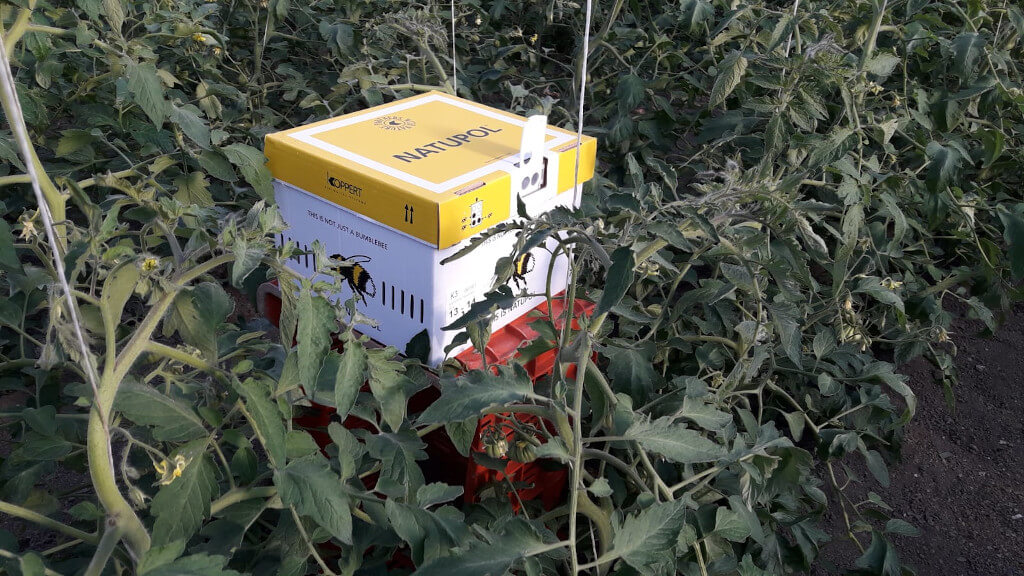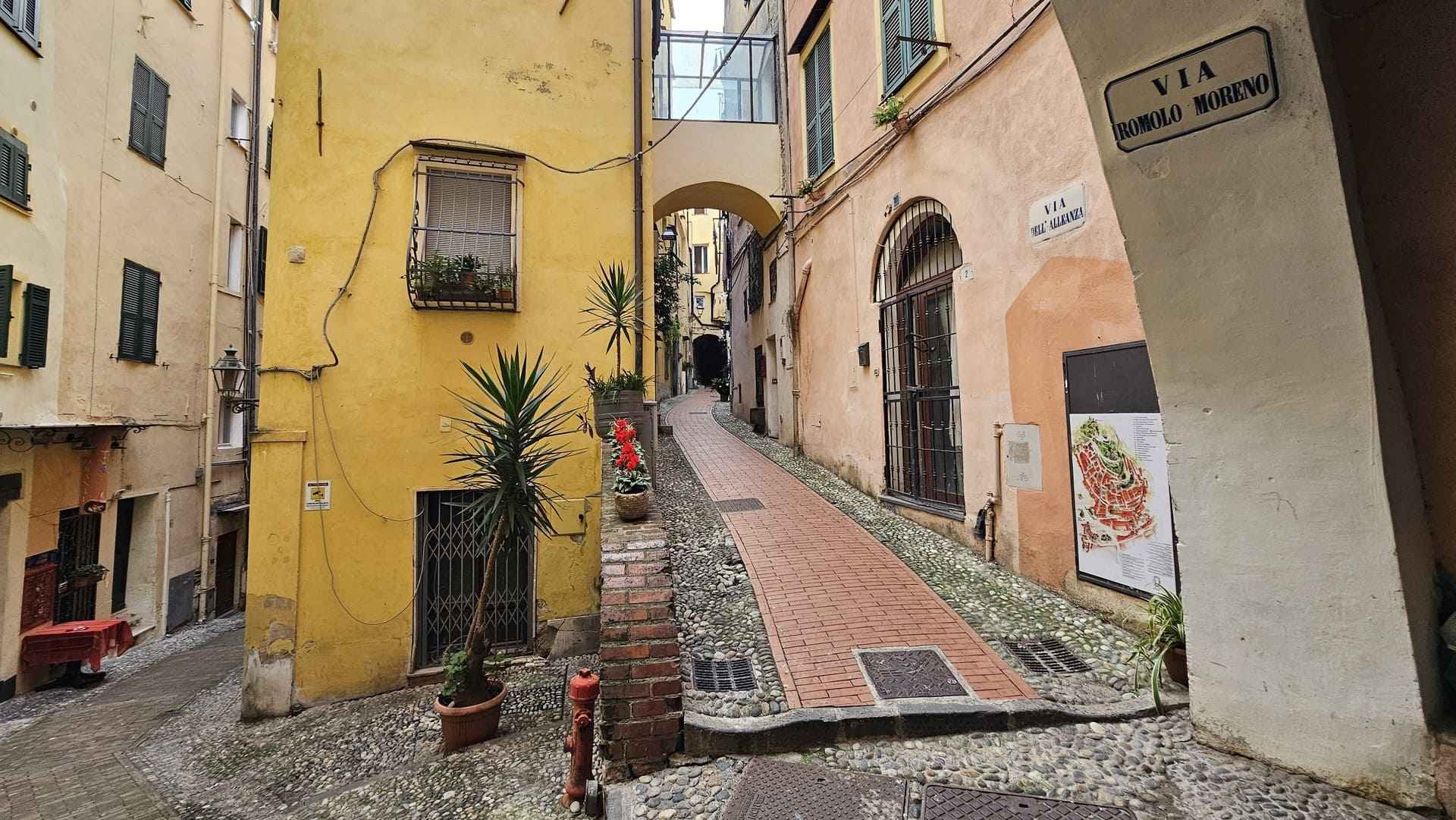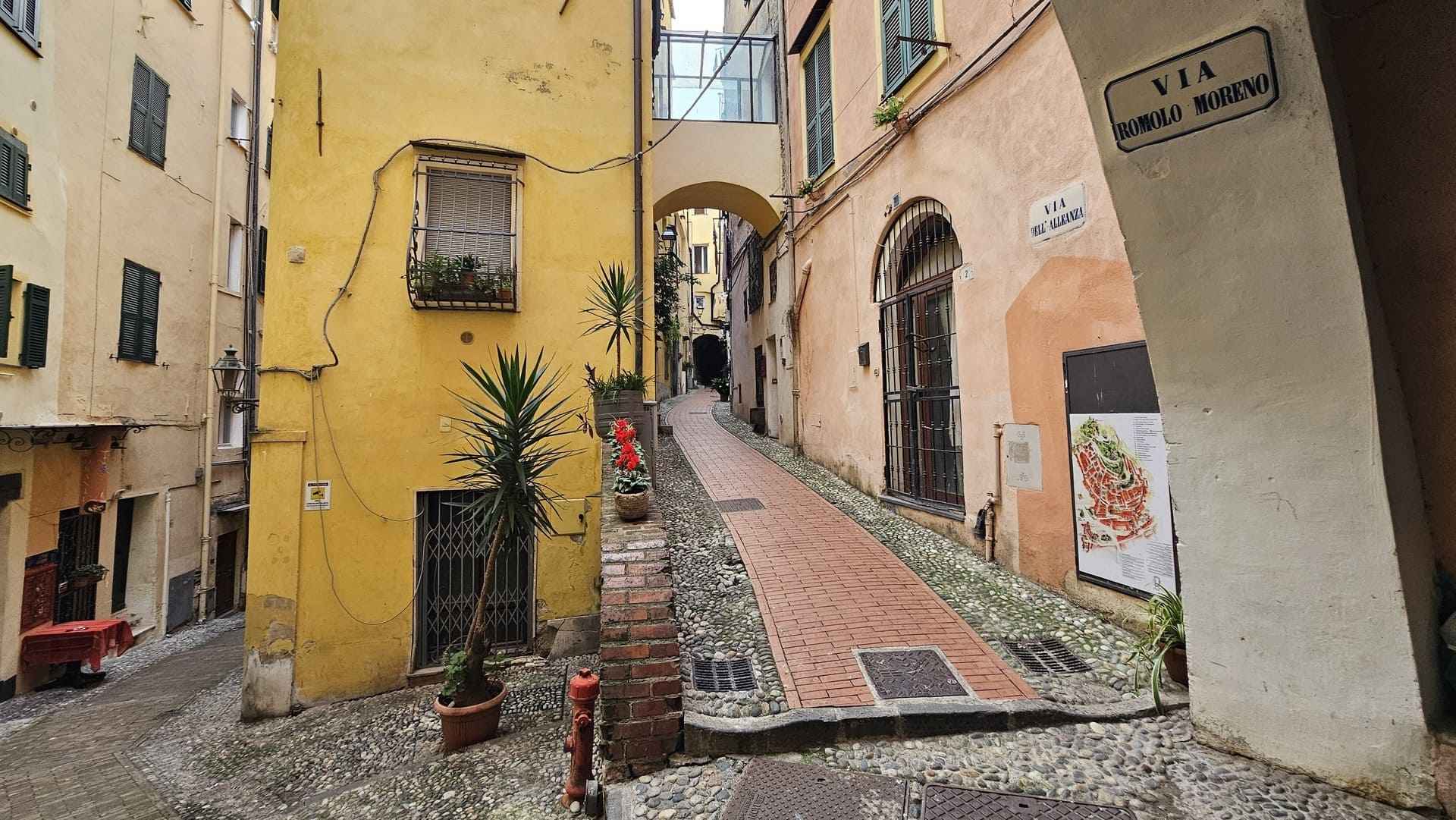
Agricultural production
How we grow oxheart tomatoes
April 18, 2020
The oxheart tomato is one of our most valuable agricultural products. Its bright red color and the particular ribbed shape, make it immediately recognizable among the excellence of our territory. It is produced throughout Italy, but in Liguria its cultivation is of great importance, especially in the Albenga plain. We grow this precious vegetable in greenhouses,while respecting its seasonality.
But let's see in detail all the phases that affect its production.

Preparation of greenhouses and sowing of oxheart tomatoes
In December we start with the preparation of three greenhouses. We create furrows on the ground where the seedlings are to be placed, making sure that they are about 50 centimetres apart.
For the ox heart tomatoes we do not rely on a real sowing, but we place on the field the seedlings purchased in nurseries.
Between the end of December and the beginning of January, the plants are laid in the soil clods. In spring we get to about 5000 plants, and from April 20 onwards we begin to harvest the first fruits. With the arrival of summer, however, we take care of setting up a fourth greenhouse that will be productive from the end of July to mid-October.
In mid-July, finally, we eradicate the old plants and let the summer greenhouse go on, with about 2000 plants
In this video we show how the preparation of the soil of the greenhouse in which we will plant oxheart tomatoes.
Pruning during the summer
When the plant begins to develop, we tie its upper part to a row about 2 metres high with a twine, in order to make it grow in height. In the following three months we observe its progress and, as the plant progresses, we turn the heads of the tomatoes around the twine. At the same time we remove what are commonly referred to as "bastards". In technical terminology this phase is called “defeminishing the plant”. Its excrescences, in fact, are eliminated because otherwise they would take away nourishment, limiting its fructification. We proceed with this pruning activity every 2-3 days, on all the 5000 plants inside our greenhouses.

Pollination
All this work, however, would be thrown to the wind if we did not have our greatest allies to help us: the bumblebees. These nice, stumpy looking insects look like bees, but they are bigger and have a characteristic hairs. This plays a fundamental role in their activity as pollinators, because it alone is able to retain pollen and lead it to the various flowers.
Adopting bumble bees in greenhouses means respecting the natural processes that govern the earth's life cycle. In particular, there are these advantages:
- Homogeneous development of the fruits
- Increasing the weight of tomatoes
- Less aggression by grey mould
- Avoids hormones or manual vibration of the flowers resulting in labour savings
Every thousand plants we need a hive, which we have more or less in the centre of the greenhouse. Each hive, contained inside a cardboard box, includes a queen capable of producing new bumblebees. They are free to go in and out of their little house, which we protect from the sun with an umbrella during the warmer months. Within 45-60 days, after having done their precious work, the bumblebees leave our greenhouses sated.

Distribution and sale
Once they are ripe, our ox-heart tomatoes can weigh up to 300 grams. Their irregular shape - consisting of deep ribs - makes them unmistakable, as does their flesh, red and compact. The balanced taste, not excessively sweet or sour, makes our tomatoes the perfect ingredient for summer salads.
After harvesting, we arrange the tomatoes in crates (plateau) wrapped, in which the name of the farm and the origin is indicated. Each plateau contains about 15 tomatoes, weighing 4.5 kilos per box. In the periods of greatest production - between May and June - we fill up to 120 plateaus per day.
Distribution is concentrated on the markets of Milan and local supermarkets, especially in the province of Imperia and Savona. During the summer period, instead, when the demand is higher but the plants start to decrease, we serve hotels, pasta factories and restaurants in the town of Diano Marina.
As always, you can buy oxheart tomatoes directly from us. For more information please do not hesitate to contact us at any time.

Listen to all podcasts published on our official channels:







